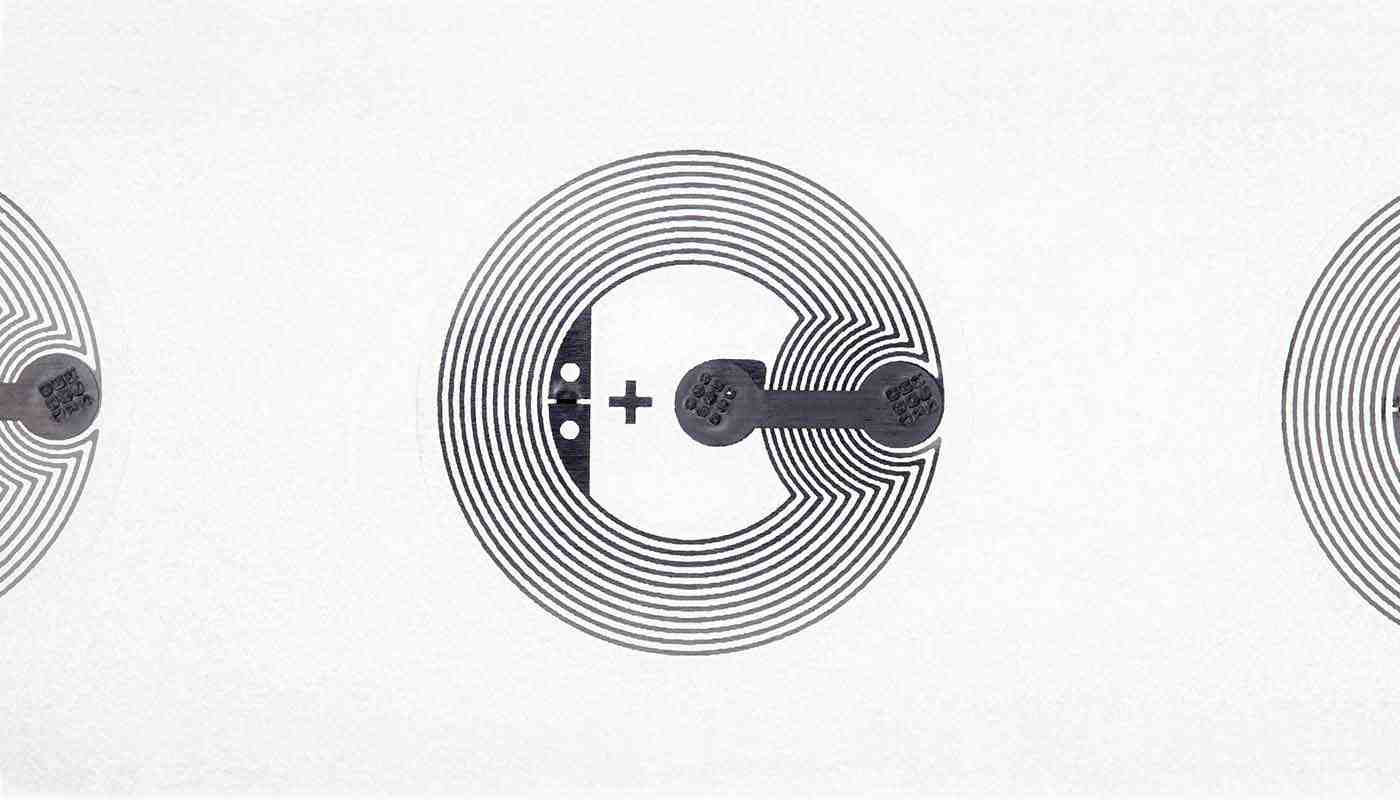What's the deal with NFC?
Roughly a 4 minute read by Matt

Near Field Communication (NFC) technology allows smartphones and other enabled devices to communicate when brought into close proximity with each other. It’s enhanced the way we make transactions, connect devices and exchange content.
Who can use NFC, right now
As with all emerging technology there are limits to who and what can take advantage of the full potential of NFC. At the time of writing, almost all smart phones on their latest OS version can read NFC tags in some way or another and modern Androids can encode them too.
But there’s a catch…
iOS has been capable of reading NFC tags since Apple Pay was introduced in 2014 (with iOS 8.1) but it was heavily restricted. Over time they loosened their grip on the technology, but you still needed a suitable app installed and running, which is not ideal.
Thankfully, with the launch of the new iPhone XS and XR models we now have support for ‘Background Tag Reading’ which almost levels the playing field with Android (aside from the lack of write ability), but it will be a while until NFC is available for the majority of iOS users.
Below is a quick breakdown of background NFC support by OS.
What can we do with NFC?
The main benefit of NFC is that it provides a shortcut to bypass the every day hassle of manually inputting information into your phone. For example, right now with a simple tap you can:
- Navigate to a web page
- Connect to a WiFi network
- Share contact information
These are all very simple tasks, but with a bit of ingenuity we can offer users a quick and easy access to information which they may otherwise not bother with.
Here are some ideas:
- A business card which will automatically load up a new contact into your phone.
- An Ikea flatpack which loads up the assembly instructions.
- A menu in a restaurant which loads up nutritional information and, on the back page, a chip to automatically connect you to their WiFi.
- A bus stop or train station with a live timetable (West Yorkshire Metro have been doing exactly this for a while now).
All these are relatively simple ideas with minimal setup but perhaps the most interesting aspect is how many of them remove the need to constantly re-print physical media every time there is an update to the content.
Will people bother?
Right now it’s quite an unknown feature, so we’ve got our work cut out to educate the user. Explaining to them that they can tap their phone against a ‘thing’ is the easy bit. The real challenge is explaining that this action is simpler than the alternative.
To do that we must present a genuine use case which actually makes lives easier - not just an excuse to use the technology for no real benefit.
NFC definitely poses a lower barrier to entry, but we still need to be careful not to suggest it will work with all phones (remember the catch) as that will end in frustration. Our approach for the time being will be to use the technology in more controlled environments where we have the opportunity to offer guidance.
So, what about that catch?
For everyone else, similar functionality can be experienced through QR codes.
We would never have thought that this would be a viable alternative; however, since iOS 11 (released in September 2017) you can load up the native camera app and scan a QR code without any additional apps installed (Android has been capable of this for a while now). Once scanned a notification appears that the user can tap to visit the URL.
In the very worst case scenario, a short URL can be used as a fallback so the small portion of people without support for NFC and QR codes can still gain access to the content the way they usually would.
Conclusion
By 2020, based on previous device upgrade timelines, we expect most people to have either upgraded their current phone to something NFC capable or at least updated their existing software. At that point 90% of smartphone users (in the UK) will be able to use NFC (even if they don’t realise it yet) and we can consider NFC a completely viable option.
In the meantime, let’s experiment on a smaller scale. Realise the potential and casually educate future users of the technology.